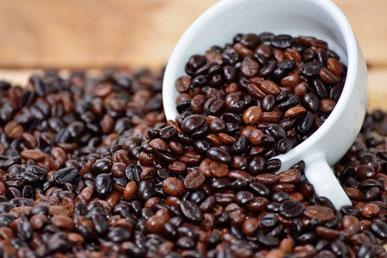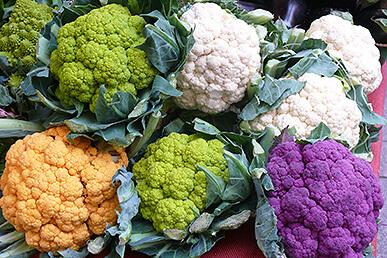We continue to get acquainted with interesting, bizarre and outlandish fruits from all over the world, which amaze not only with their unusual shape, but also with their specific smell and piquant taste.
The most tender passionflower




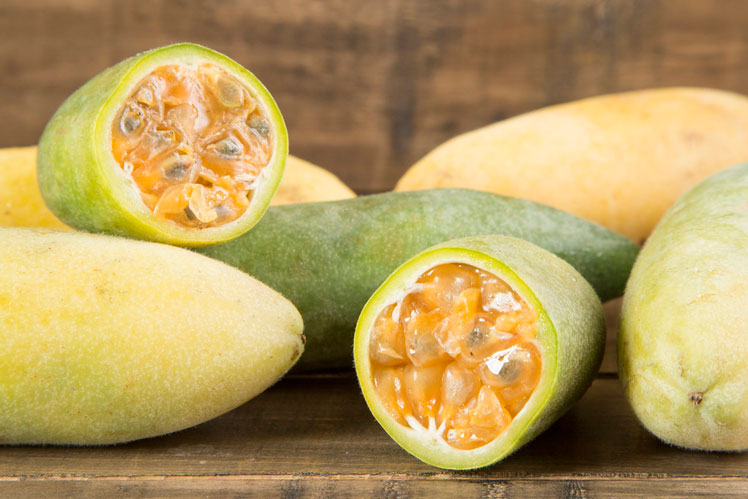




The most delicate passionflower (or banana granadilla, or the softest passion flower) is a tree-like vine, up to 6–7 meters long, winding around a support and producing edible fruits.
Banana granadilla is found both wild and cultivated in Colombia, Venezuela, Bolivia, Ecuador and Peru. It is also currently cultivated in India and New Zealand.
In Hawaii, this plant is called "banana poka". In Latin America it is known as: curuba, in Ecuador it is also called taxo, tagso or tauso, in Venezuela – brocade, in Bolivia – tumbo, in Peru – trompos or tintin.
Banana granadilla fruits are oval, 5–12 cm long and 3–4 cm wide, with a thick, pale yellow or dark green skin. The fruit weighs from 50 to 150 g. The inside contains fragrant orange-brown tart-sweet pulp with numerous small black seeds resembling pomegranate seeds.
The pulp is used fresh or to extract the juice. In Colombia, the pulp is strained to remove the seeds and mixed with milk and sugar, or used in jelly. In Ecuador, the pulp is used in the preparation of ice cream.
Plumkot

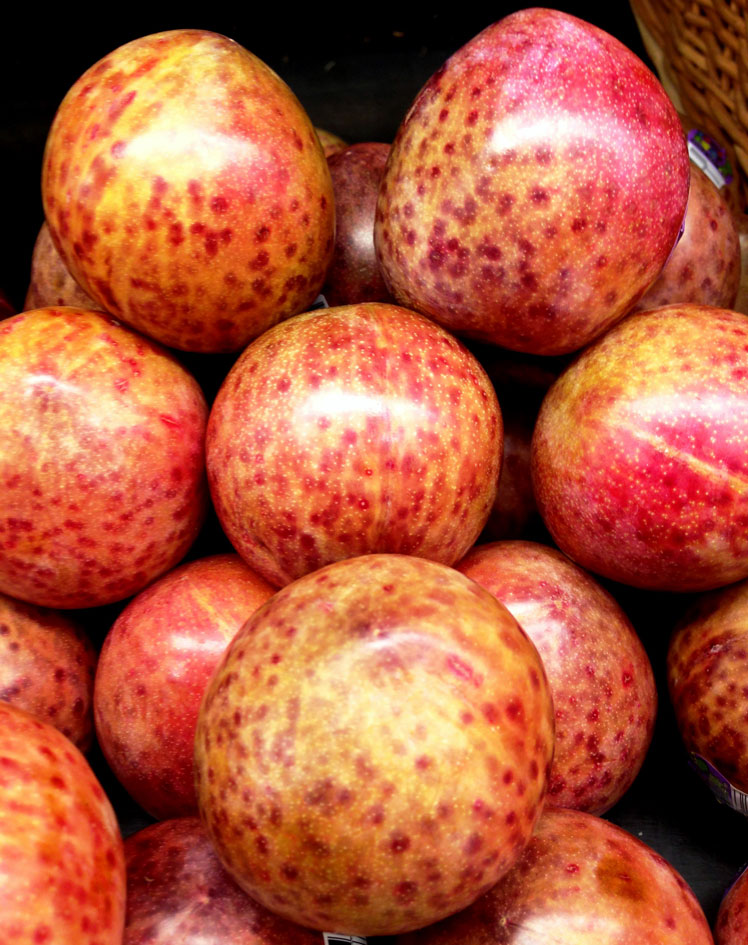




Plumcot (or pluot or aprium) is a complete cross hybrid between plums and apricots, showing more plum characteristics.
Plumcats have a very smooth, plum-like skin.
In the United States, the majority of commercial plumcots are grown in California. Often sold nowadays under the name pluot.
Ploot is a brand name covering a group of plumcat varieties developed in the 20th century by the American geneticist Floyd Zyger. This trademark is registered by Zaiger's Genetics. The Pluot is the next generation of Plumcat hybrids. Ploot is genetically 75% plum and 25% apricot.
Annona of Senegal


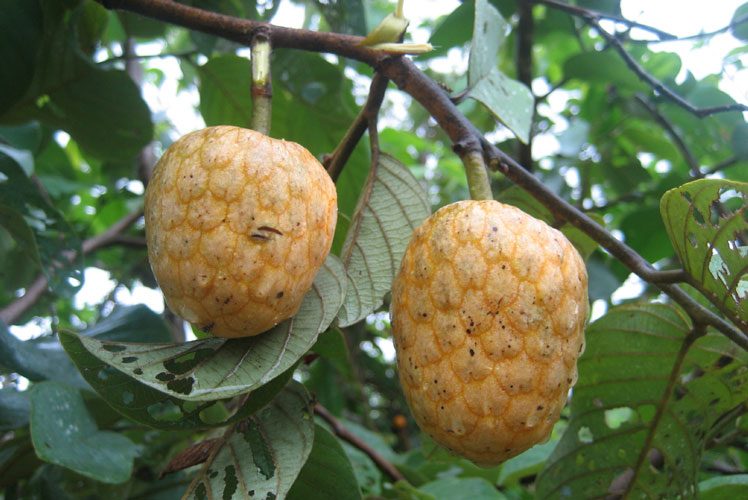


Annona Senegalese (or Senegalese apple, or African cream apple) is a small tree or bush from 2 to 6 meters high. It grows in Africa, from Senegal in the northwest to KwaZulu-Natal in South Africa in the south. It grows in semi-arid savannahs and in places with a warm and humid climate.
The African cream apple is found in the Maldives and is also naturalized in parts of India.
The fruits of the Senegalese apple are fleshy, with an uneven surface, up to 4 cm in diameter. Unripe fruits are green in color, when ripe they become yellow and orange.
The fruits are edible, they are eaten by representatives of the local fauna. The local population consumes ripe fruits.
Chupa Chupa

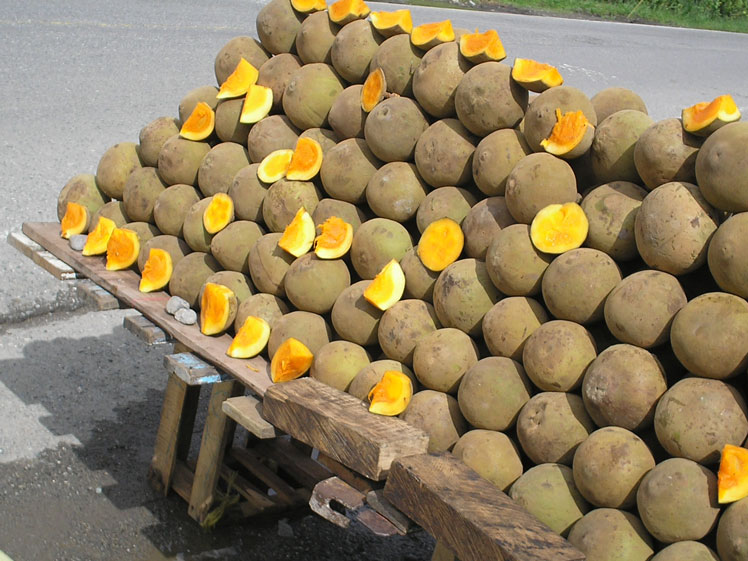

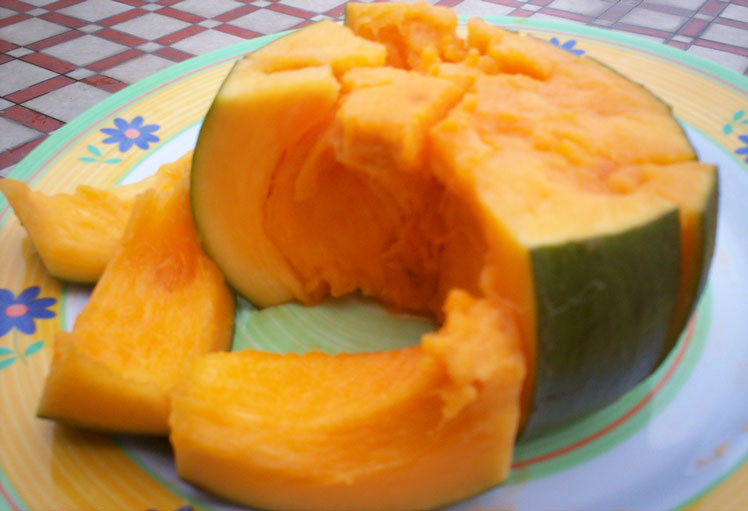
Chupa-chupa (or heart matizia) is a fast-growing tree 40–45 meters high (cultivated trees usually do not exceed 12 meters).
Chupa Chupa grows wild in the lowland rainforests of Peru, Ecuador, and adjacent regions of Brazil, Colombia, and Venezuela. In the same place, she has recently begun to be introduced into culture. This plant is common in the western part of the Amazonian lowland, attempts to introduce it to other places have not been successful.
Chupa-chupa fruits are oval in shape with a prominent bulge at the top, 10–15 cm long and 8 cm wide, with a thick velvety greenish-brown bark.
Fruit pulp is orange, juicy, fragrant, sweet, soft, but highly fibrous, with 2–5 large seeds. Long fibers emanate from the seeds, extending through the entire fruit.
Chupa Chupa fruits are edible raw. The low fiber varieties can be used to make juice.





